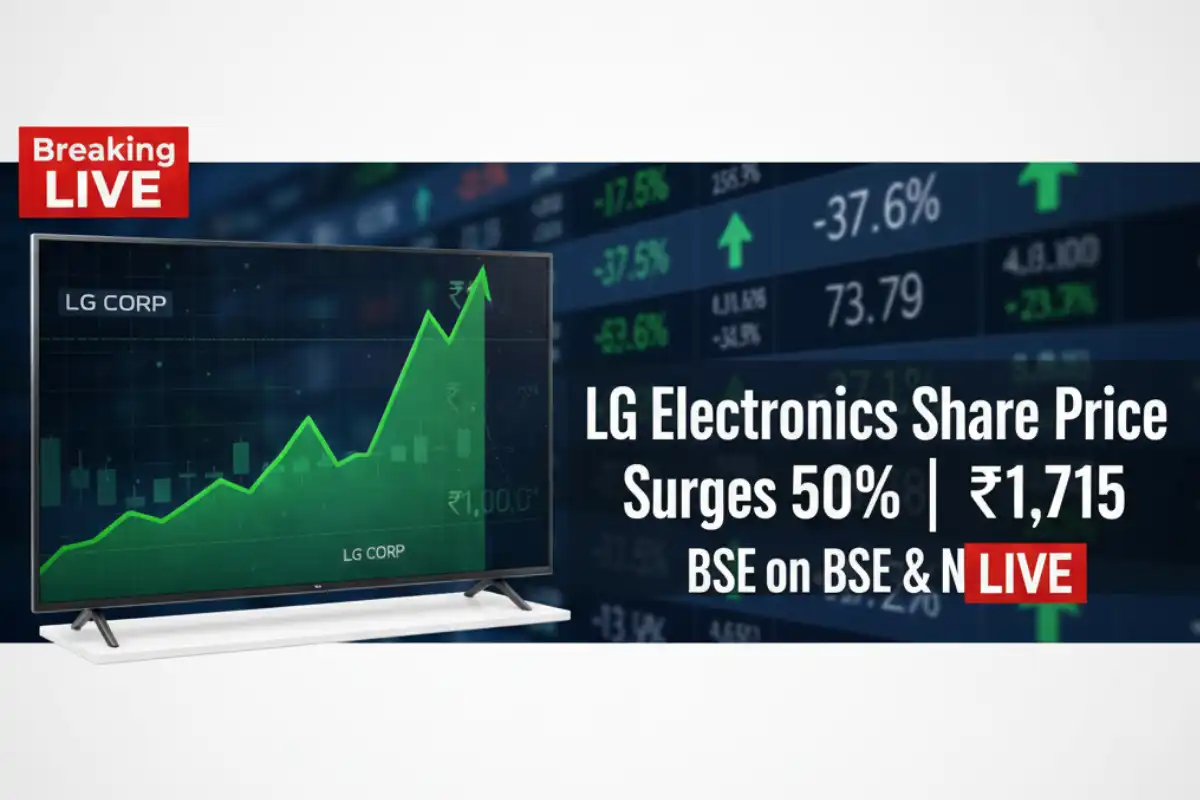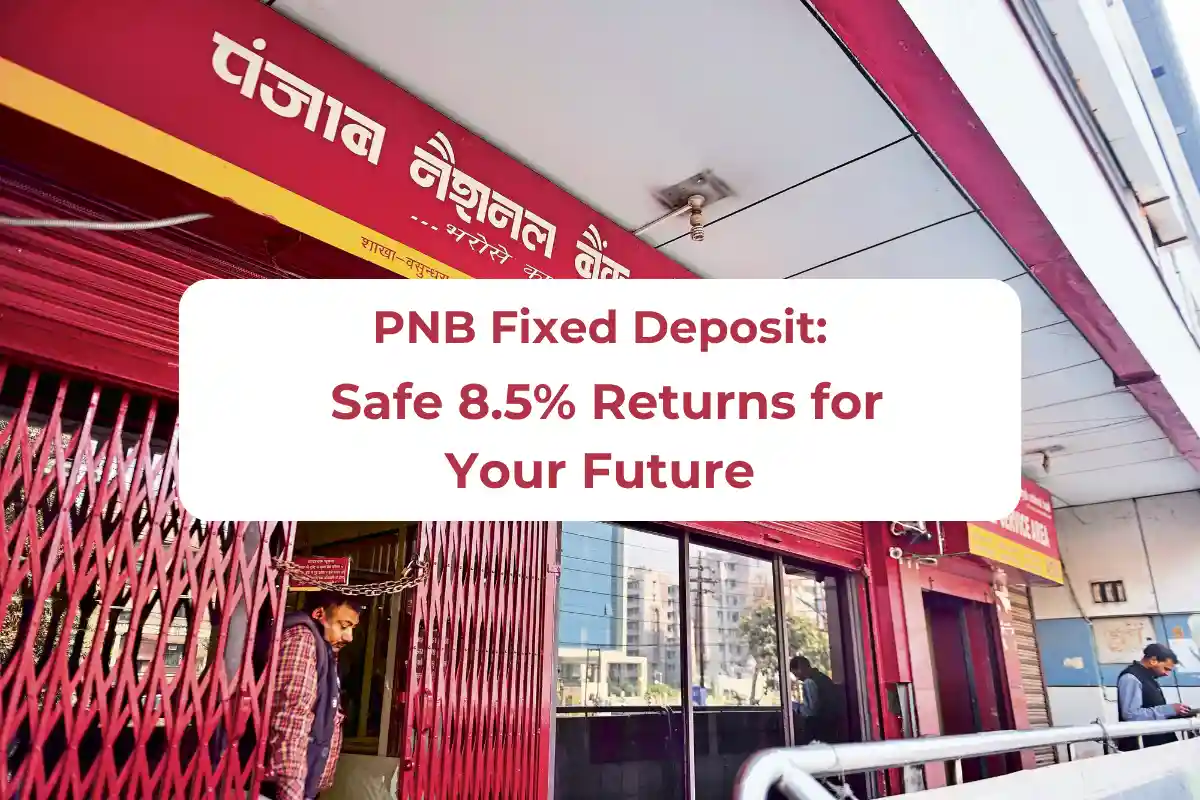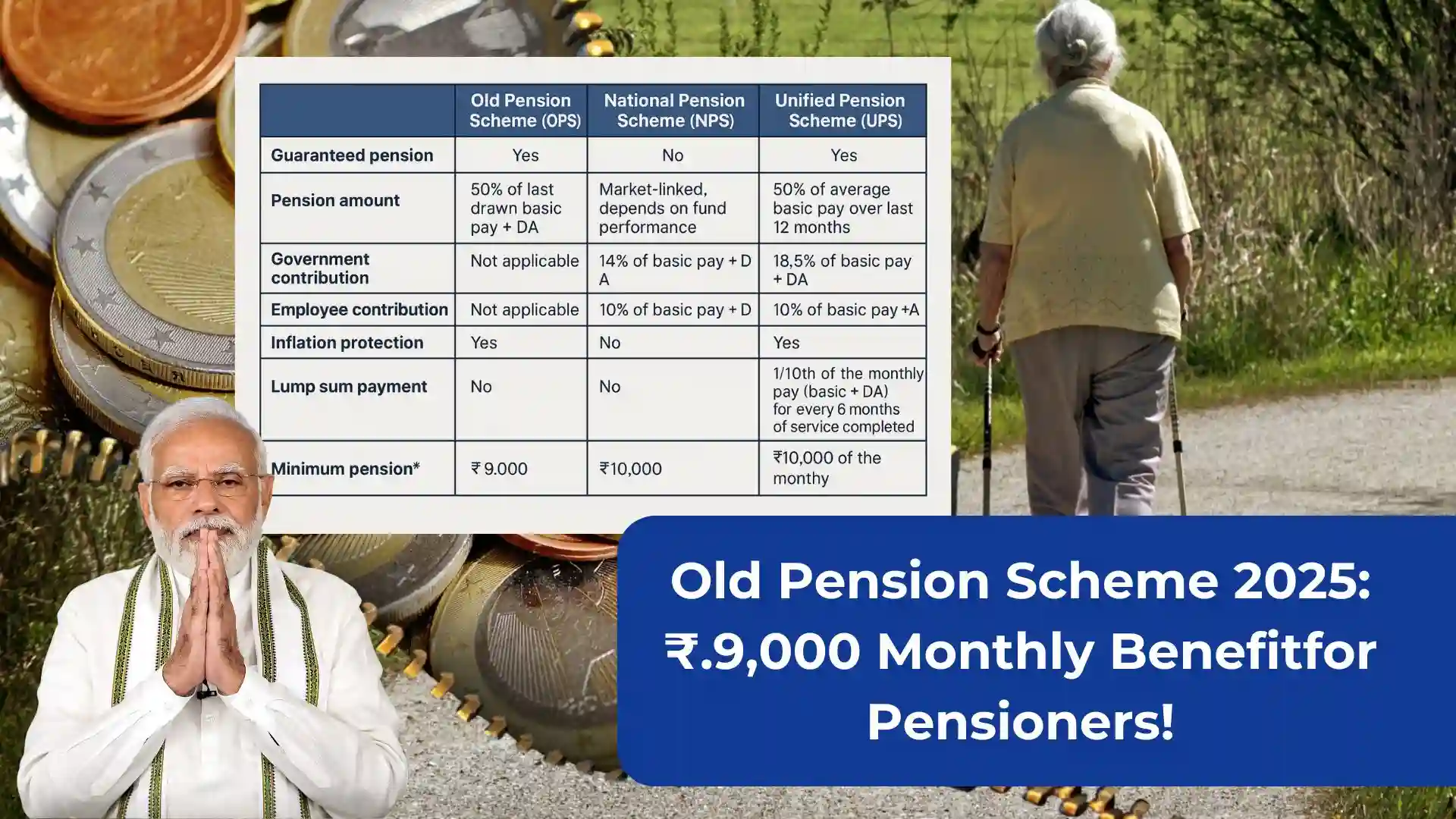The world’s largest crypto exchange, Binance, is fighting a fresh battle to restore user trust after a night of extreme volatility saw several key tokens—including the stablecoin USDe—depeg dramatically, triggering an estimated $20 billion in total market liquidations across the industry.
In a move praised by some as decisive and criticized by others as insufficient, CEO Richard Teng has formally apologized and announced that the exchange will compensate users whose losses can be directly attributed to Binance-caused issues during the crisis. This announcement, while a clear step toward accountability, draws a firm line, excluding losses from general market movements or unrealized profits.
The Anatomy of the Depeg Crisis
The market turbulence struck late Friday, causing massive price dislocations on Binance’s platform for at least three major tokens:
- USDe (Ethena’s stablecoin): Designed to hold a $1 peg, USDe reportedly fell to lows below $0.66 on the exchange. The crash may have been exacerbated by the forced liquidation of a large cross-margining position on the platform, which suddenly sold off USDe to cover debt.
- BNSOL (Binance’s Solana liquid staking token): This derivative also saw a sharp, unexpected deviation from its underlying asset’s value.
- WBETH (Wrapped Beacon ETH staking token): A similar depeg event occurred for this Ethereum staking derivative.
The immediate drop in these derivative and synthetic asset prices, coupled with platform latency issues reported by some users, led to a cascade of forced liquidations for traders who had used these depegged assets as collateral in futures, margin, and loan products.
Binance’s Calculated Compensation Plan
Teng’s public statement—”I’m truly sorry to everyone who was impacted… We don’t make excuses — we listen closely, learn from what happened, and are committed to doing better”—signals a shift toward a more proactive, consumer-focused corporate culture following the exchange’s recent regulatory settlements.
The key details of the compensation plan, clarified by co-founder Yi He, are highly specific:
- Who is Eligible? Futures, Margin, and Loan users who held USDE, BNSOL, and WBETH as collateral and were liquidated within a narrow, defined window on Friday night (21:36 and 22:16 UTC).
- How is it Calculated? The compensation will be the difference between the tokens’ price at the time of their forced liquidation and a later recovery price, specifically set at 00:00 UTC.
- Crucial Exclusion: Losses resulting from general market price volatility or the unrealized profits of those who simply held the depegged assets and sold them later are not eligible.
This targeted approach suggests Binance believes the underlying cause was a systemic malfunction or liquidity crunch specific to the handling of these assets on its platform, rather than just routine market volatility. The compensation aims to specifically cover losses incurred by the platform’s execution failure, while maintaining that general market risk remains the trader’s responsibility.
Wider Implications for Crypto Trust
The event, which saw one of the largest single-day liquidation volumes in crypto history (nearly $20 billion wiped out across all exchanges), has renewed scrutiny on the risks associated with derivative tokens and highly leveraged trading.
While Binance’s move is a significant gesture of goodwill and a practical attempt to mitigate customer anger, it underscores the persistent fragility of centralized exchange systems under extreme duress. As Binance continues its post-CZ restructuring, its ability to quickly and fairly handle this compensation process will serve as a crucial test of its renewed commitment to stability and reliability in the hyper-volatile world of crypto trading.
Binance CEO Richard Teng discusses the future of crypto, regulation, and adoption in this conversation from the CNBC CONVERGE LIVE event: Binance’s Richard Teng on the future of crypto, regulation and adoption.
This post is for informational purposes only.Invest responsibly.No guarantees of results. Seek professional guidance before investing.Consult experts for personalized advice.AI-assisted content, editorially reviewed.See our terms for details.Please note that I am not a SEBI registered investment advisor. The information provided in this article is for informational and educational purposes only and should not be construed as financial advice. Always consult with a qualified and SEBI registered financial professional before making any investment decisions. .Follows Google policies.Not affiliated with Investopedia.com. investopedia.co.in Independent site.








